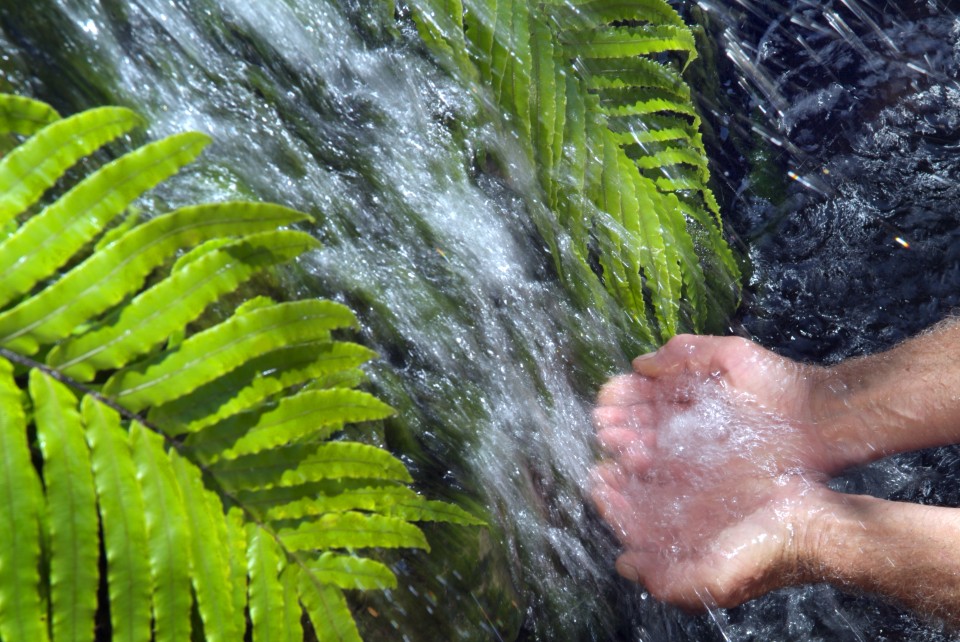How to save water at your place
Our wai is precious - so it's important to understand how much you're using, and how to conserve it.
Want a better idea of how much you and your whanau are using at your place?
Click here to find out with our Water Calculator (best viewed on a computer).
Want to learn how to conserve water inside and outside your home? Check out our water-saving tips below.
Household water saving tips
Bathroom
Did you know water use in the bathroom makes up about 20 to 30% of household water use? Here are some easy ways to cut down.
Shower
- One minute in the shower can use up to 18 litres of water. Keep it quick in the shower (about as long as a song) and make every minute count, with an efficient shower head. Find them at your local hardware store.
- Brushing your teeth? Turn off the tap! A bathroom tap uses around 6 litres of water per minute.
Toilet
- Stick to the half-flush and save the full flush for when you really, really need it.
- If your whānau or flatmates don’t mind, ‘if it’s yellow, let it mellow’.
- Ignoring that slow drip in the loo? It could be using up to 28 litres of wai per day – get it checked out by a plumber.
- Not sure if there’s a leak? Put a few drops of food colouring in the cistern. If the colouring appears in the toilet bowl without flushing, you have a leak (you may need to wait an hour or two for the food colouring to leak into the bowl).
Laundry
A washing machine can use more than 120 litres of water per load! Cutting down your use is simple.
-
Only do full loads of laundry.
-
Be an outfit repeater! Got an outfit with no visible stains? If it passes the sniff test, hang it up and wear it again later in the week.
-
If you’re in the market for a new washing machine, front-loaders can use significantly less water.
Kitchen
Dishwashers don’t use as much water as you might think, but leaving a high-pressure kitchen tap running can use up to 12 litres per minute.
-
Skip the pre-rinse - scrape off food into the compost/bin instead.
-
Handwashing your dishes? Fill your sink rather than washing under a running tap.
Gardens and outdoors
Around 25% of household water use is done in the garden – reduce use and maximise results with these handy tips!
Hand watering
-
Add mulch (old leaves or grass clippings after mowing) to your garden. This helps stop wind and sun drying out the soil, cutting evaporation by up to 70% and puts nutrients back in the soil.
-
The middle of the day is when the sun is hottest – and evaporation happens fast. Water in the early morning or evening, so your garden gets the maximum benefit.
-
In dry weather, check your garden every 4-7 days. If your soil is moist 10cm below the surface, don’t worry about watering.
-
Water close to the ground at a rate the soil can absorb. Slow watering and not over-watering your garden is important.
Sprinklers & irrigation:
-
IN: Deep soakings once or twice a week. OUT: Frequent light water sprinklings. Deep soakings encourage feeder roots to grow and help your plants survive short term drought conditions.
-
Use drippers or directional sprinkler heads. These make sure water is going where you want it, not wasted on your paths or fences.

